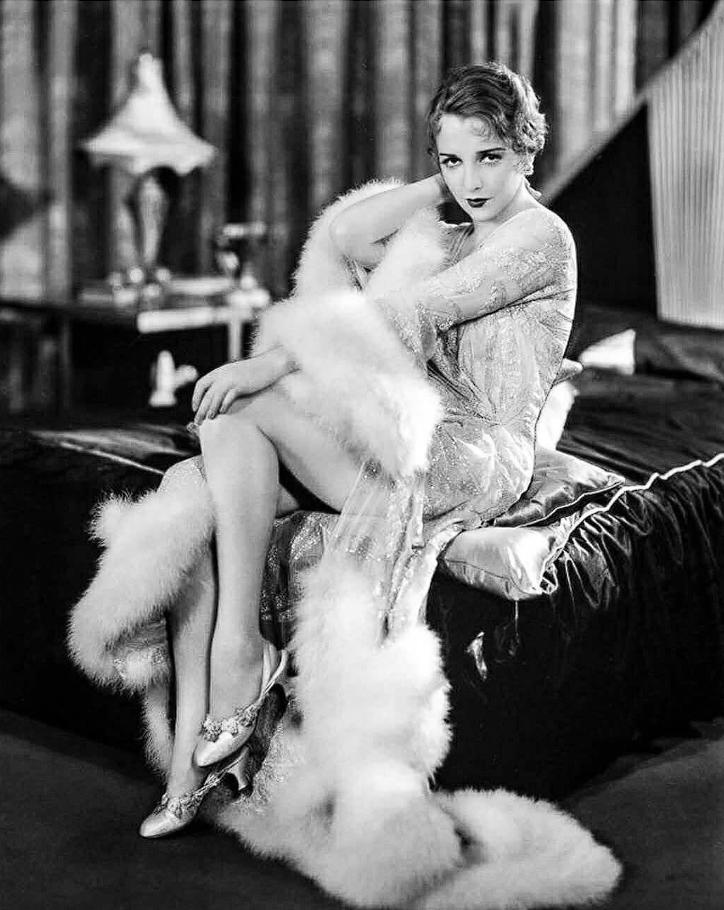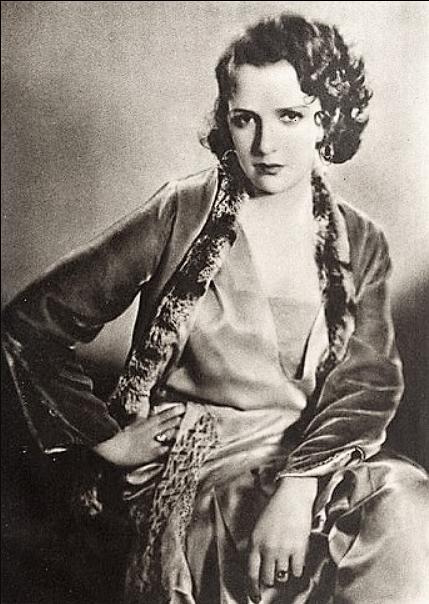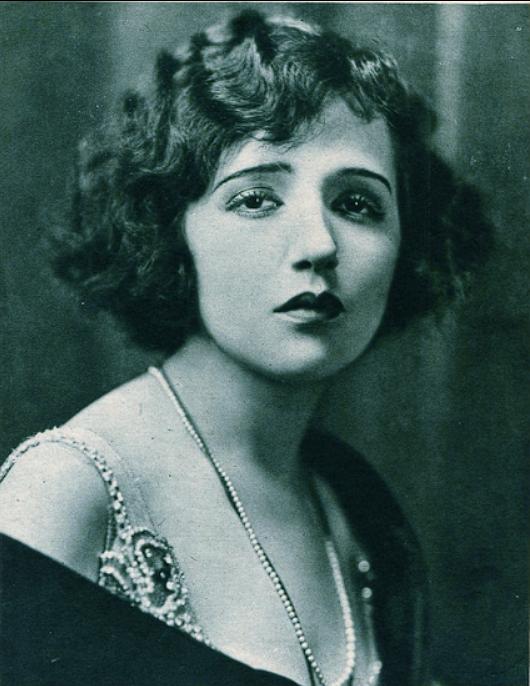Bebe Daniels: The Silent Star Who Spoke Volumes Through Every Era
Before Hollywood knew what it would become, before the glitz was institutionalized and the soundstages humming with dialogue, there was Bebe Daniels. A little girl with expressive eyes and a knack for commanding the camera’s attention, she began her cinematic journey in the earliest days of moving pictures—and never stopped moving forward.
She was only 9 when she stepped onto a film set for the first time, sharing the screen with Broncho Billy Anderson, one of the original Western stars of American cinema. Born Phyllis Virginia Daniels in Dallas, Texas, in 1901, she would come to be known around the world as Bebe—a name that would outlast the silent era and carry her through the ever-evolving landscape of entertainment.
From Child Actress to Silent Film Queen
There’s something uncanny about a child growing up in front of the camera, but Daniels did it with poise far beyond her years. By the time she reached her teens, she had already transitioned from child roles into leading lady status. Audiences couldn’t get enough of her. Neither could Hollywood’s top male stars—she played opposite Rudolph Valentino in Monsieur Beaucaire and shared the screen with Harold Lloyd in over 20 shorts, forming one of the silent era’s most beloved romantic screen pairings.
She could play innocence, but she could also radiate strength. She wasn’t the archetype of the wilting damsel—instead, she brought a sense of modernity and motion to her roles, reflecting the shifting identities of women in the Roaring Twenties. And with each role, she expanded the possibilities of what a female star could do—and be.
Conquering the Talkies: A Star with a Voice
When sound arrived in Hollywood, it spelled the end for many of cinema’s brightest silent stars. Voices that didn’t match their images, accents, or a lack of musicality suddenly closed doors that had once been wide open. But not for Bebe Daniels.
In 1929, she made a seamless transition to talkies with Rio Rita, one of the earliest musical films to truly captivate audiences. It wasn’t just her speaking voice that impressed—it was her ability to sing, dance, and perform in a new cinematic language. As musicals exploded in popularity during the Depression era, Daniels rode the wave with grace and energy, establishing herself as more than just a relic of the silent age. She was evolving—again.
What made her stand out in the world of talkies was not just her versatility, but her intuition. Daniels understood the rhythm of change. She didn’t resist the industry’s shifts—she led them.
A Woman Behind the Curtain
Behind the scenes, Bebe Daniels was more than an actress. At a time when few women had any sway in the male-dominated studio system, she took on roles as screenwriter and producer, crafting her own narratives long before it was fashionable—or acceptable.
She co-wrote scripts, oversaw production decisions, and shaped her own career with a fierce sense of agency. In an industry that often viewed actresses as interchangeable commodities, Daniels demanded authorship over her image and output. She wasn’t just reacting to what Hollywood gave her—she was building her own legacy brick by brick.
And then, just as her career in Hollywood reached its apex, she did something almost unthinkable: she walked away.
Reinvention Abroad: A Second Act in Wartime Britain
In the 1930s, Bebe Daniels left Hollywood and moved to London with her husband, actor Ben Lyon, and their two children. She wasn’t retreating—she was repositioning.
In Britain, she launched an entirely new chapter of her career. Alongside Lyon, she became a beloved voice on the radio, starring in programs like Hi Gang! and Life with the Lyons, which captivated British audiences before and during World War II. Her voice, once silent in early cinema, now brought comfort and joy to a nation under siege. Her wit, timing, and warmth made her a household name all over again—this time, through the airwaves.
During the Blitz, Daniels and her family stayed in London, refusing to leave despite the danger. Her broadcasts brought a sense of normalcy and resilience to countless listeners. She became more than a performer—she became a source of strength.
Legacy of a Pioneer
Bebe Daniels didn’t just survive the turbulent shifts of 20th-century entertainment—she mastered them. From silent films to musicals, from the glamour of Hollywood to the fog of wartime London, she carried with her a sense of purpose and adaptability that few stars of any era have matched.
She appeared in over 200 films, yet her impact goes far beyond screen credits. She was a woman who wrote her own story in an industry built to silence her. She was a girl who found her voice, and then lent it to others when the world needed reassurance.
Daniels passed away in 1971, but her influence lingers quietly in every woman who takes control of her creative destiny, in every artist who refuses to be defined by a single era or medium.
A Voice that Still Echoes
In an age of constant reinvention, Bebe Daniels feels more modern than ever. Her story is one of evolution—never static, never contained. She may have been born in the silent era, but she was never silent. Her every choice spoke volumes about resilience, independence, and the transformative power of women in entertainment.
And that’s why, decades later, her name still shines—quietly, perhaps, but with a glow that time hasn’t dimmed.
